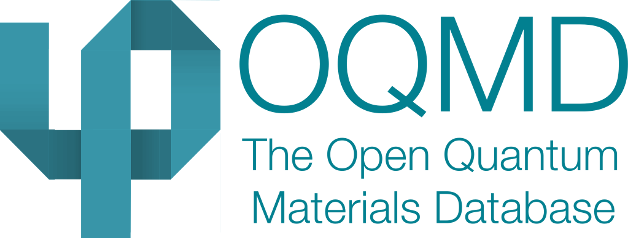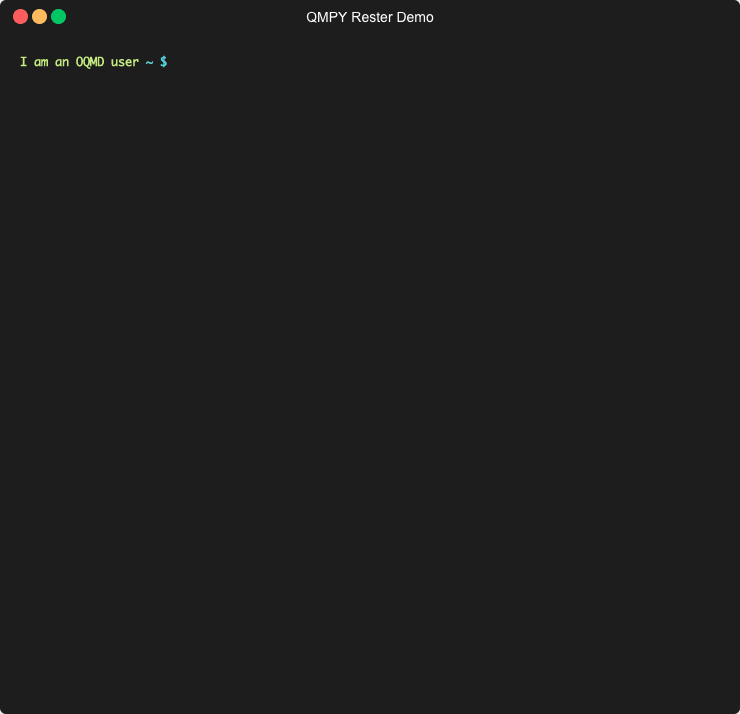{
"links": {
"next": "http://oqmd.org/oqmdapi/formationenergy?fields=name%2Centry_id%2Cspacegroup%2Cntypes%2Cband_gap%2Cdelta_e&filter=element_set%3D%28Al-Fe%29%2CO&icsd=True&limit=2&offset=2",
"previous": null,
"base_url": {
"href": "http://oqmd.org/oqmdapi",
"meta": {
"_oqmd_version": "1.0"
}
}
},
"resource": {},
"data": [
{
"name": "NaAlH2CO5",
"entry_id": 16974,
"spacegroup": "Imma",
"ntypes": 5,
"band_gap": 5.255,
"delta_e": -2.05739610121138
},
{
"name": "CaAl2SiH4O8",
"entry_id": 16995,
"spacegroup": "I41/a",
"ntypes": 5,
"band_gap": 5.087,
"delta_e": -2.49008973723542
}
],
"meta": {
"query": {
"representation": "/formationenergy?fields=name,entry_id,spacegroup,ntypes,band_gap,delta_e&icsd=True&limit=2&filter=element_set=(Al-Fe),O"
},
"api_version": "1.0",
"time_stamp": "2019-10-08 15:13:12",
"data_returned": 2,
"data_available": 1078,
"comments": "",
"query_tree": "",
"more_data_available": true
},
"response_message": "OK"
}

